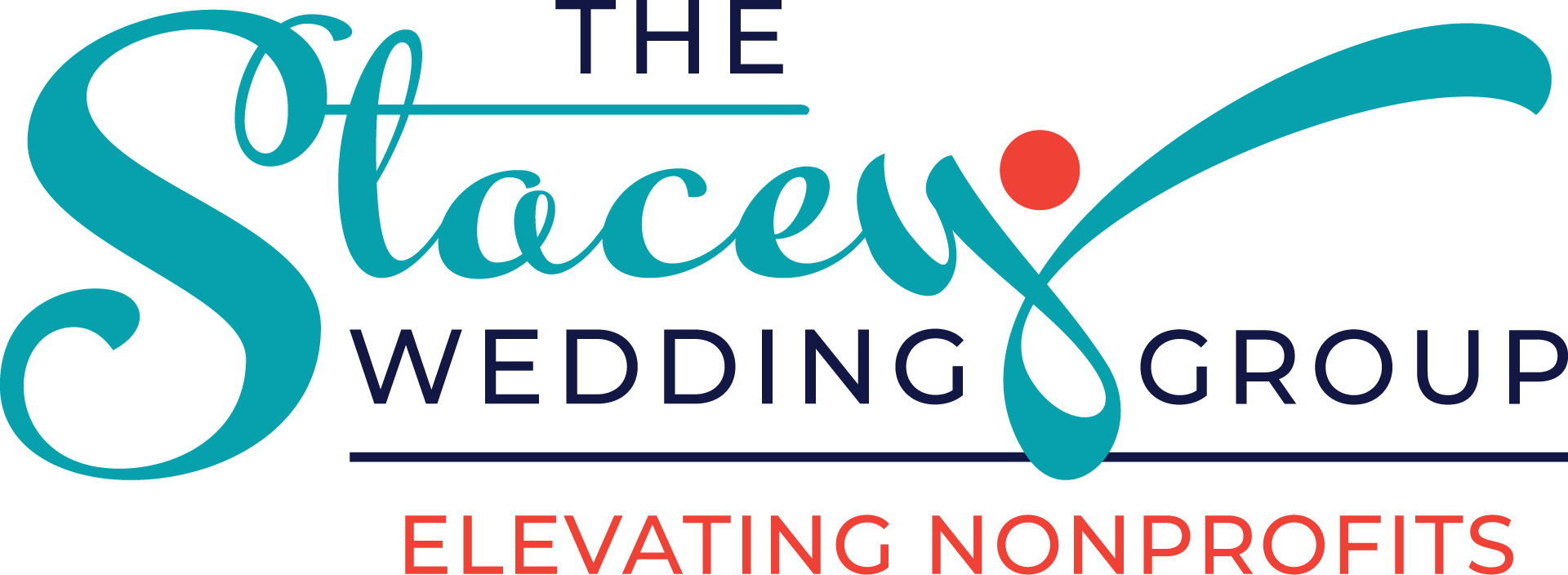Hey there, Nonprofit Cupids!
Whether you love Valentine’s Day or detest it, there is one thing you can’t deny. You bring love to life every day. You provide services to vulnerable populations, connect donors to the impact of their donations, and engage volunteers in meaningful experiences. Whatever your position entails, you are changing lives for the better.
Now imagine if you could multiply all of that care, commitment, and passion for your mission with one simple step. Would you do it? I’m guessing you would, especially since all of you reading this are doers and givers.
So, if you’re looking to bring your A-game, then I’ve got an exercise for you and one that I hope you’ll make a top priority.
Put yourself in the shoes of your donors, clients, volunteers, and community stakeholders on a regular basis (I recommend quarterly). In just an hour, you can see what the experience is like when someone not connected to your organization tries to connect. Remember on “Who Wants to Be a Millionaire” when gameshow contestants just phoned a friend for some help? Well, that’s what you get to do. Find a friend, family member, neighbor—basically anyone NOT connected to your nonprofit—and ask them to be your secret shopper.

Have your secret shopper reach out in a variety of different ways—phone, website contact form, social media. Whatever you do, no prepping allowed! For this to work, it must be organic and unplanned. Give them a timeline (in the next month….) to complete their assignment, so you nor your colleagues know when it will happen.
Some of the questions your designated secret shopper will want to consider:
- Is your contact information easy to find on all communication platforms?
- How difficult is it to figure out who they need to reach out to? Is this information readily available, or are there countless options (the phone menu that lasts one minute long…) that just confuse or discourage them?
- How long does the process take to get to a real human?
- How are they treated during their exchange with your staff or volunteers?
- How do they feel about the exchange after they have connected? Did they feel listened to and supported? Did they get answers to their questions?
- Would they recommend your organization to others based on their initial experience?
- Anything else they might want to keep an eye out for during this process?
The above only scratches the surface, and you can dive as deep as your volunteer secret shopper is willing. Perhaps you provide them with a small budget to make a donation to your organization and see how that process unfolds, or you have them complete a volunteer application form to measure how long it takes to get this processed internally. Whichever way you head, you are sure to have some “aha” moments and perhaps even a few cringe-worthy ones about things you would never know are broken without this experience.
All organizations—non-profits and for-profits—could benefit greatly from an exercise like this on a regular basis. Please share your takeaways when you do ([email protected]), and I’ll be sure to highlight these in a future blog post (anonymity is an option)!


